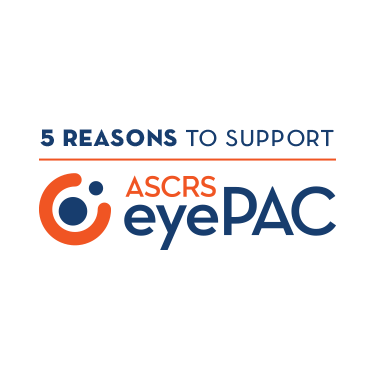Purpose:
Meibomian Gland Dysfunction (MGD) is a leading cause of dry eye syndrome. The purpose of this study was to compare the effect of thermoelectric warming therapy (Miboflo) versus thermal pulsation treatment (LipiFlow) in both subjective and objective variables relating to dry eye and MGD.
Methods:
This is a retrospective study of 53 patients who received 3 sessions, two weeks apart, of localized thermoelectric warming therapy (Miboflo) and 48 patients who received a single in-office Lipiflow treatment at our dry eye center of excellence and research. At baseline, and at 2 and 12 months after the procedure, all patients received two questionnaires : OSDI and Speed. Meibography, tear breakup time (TBUT), MG Evaluation Score, MG expressibility, blinking characteristics, tear osmolarity, ocular surface staining and Shirmer test was also evaluated in all patients. Exclusion criteria included active ocular inflammation or autoimmune diseases.
Results:
Objective parameters: ocular staining, TBUT, tear osmolarity, MG evaluation score and MG expressibility and quality of the meibum improved significantly in both groups. SPEED and OSDI questionnaires improved by 88 and 82% respectively with the Miboflo group of patients experiencing a greater reduction in symptoms versus the Lipiflow patients (p=0.0425) at the 2 month visit. By the 12month visit, the Lipiflow patients had higher SPEED and OSDI scores but the difference was not statistically significant. Partial blinking was high in both groups (81 and 82% respectively) and improved in both groups after proper instruction. No complications or adverse events occurred and all the procedures were well tolerated.
Conclusions:
Both Miboflo and LipiFlow treatments produced clinical and statistically significant improvements in the signs and symptoms of MGD. Miboflo did not demonstrate inferiority in terms of patient satisfaction and the objective parameters studied.


